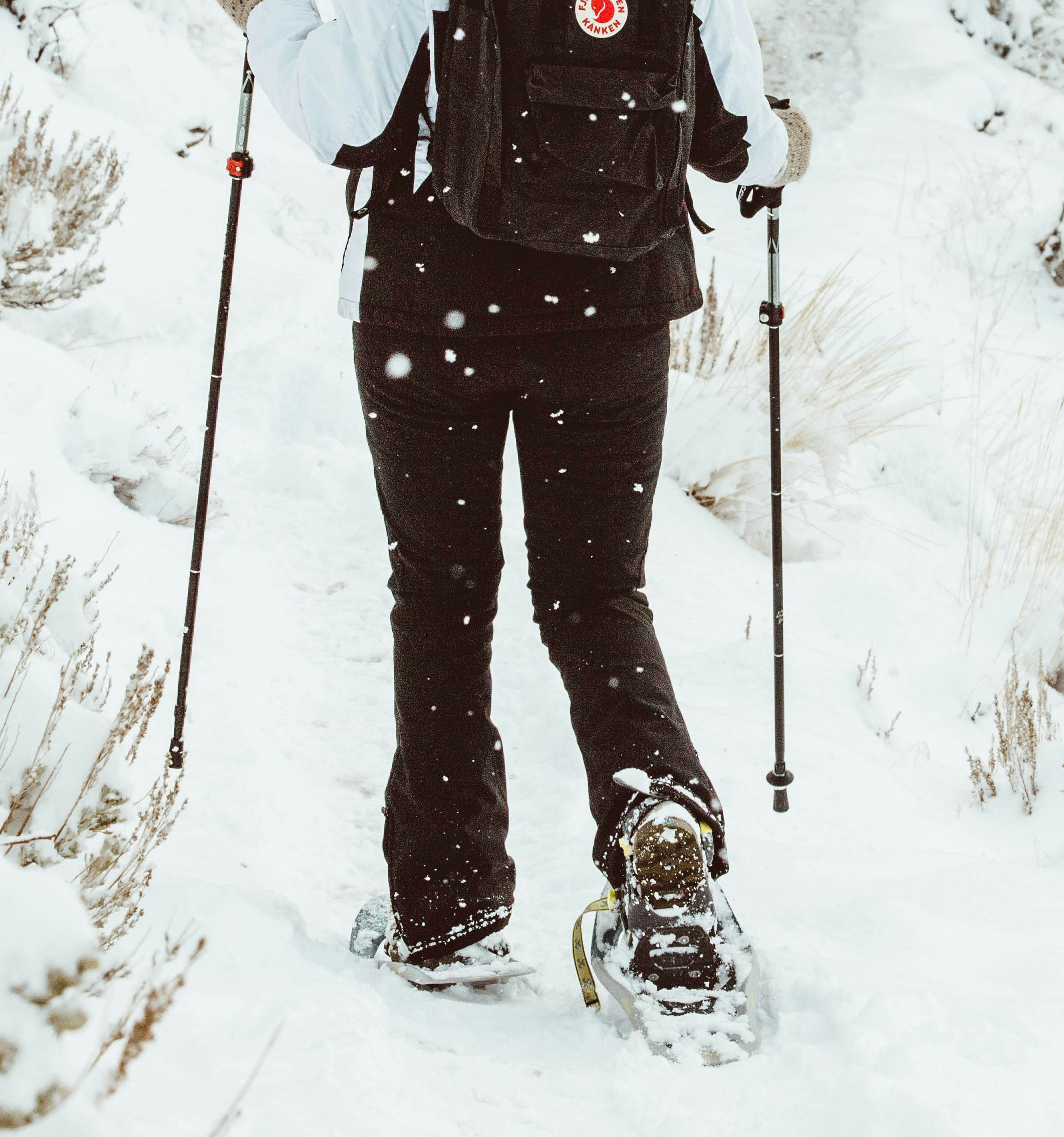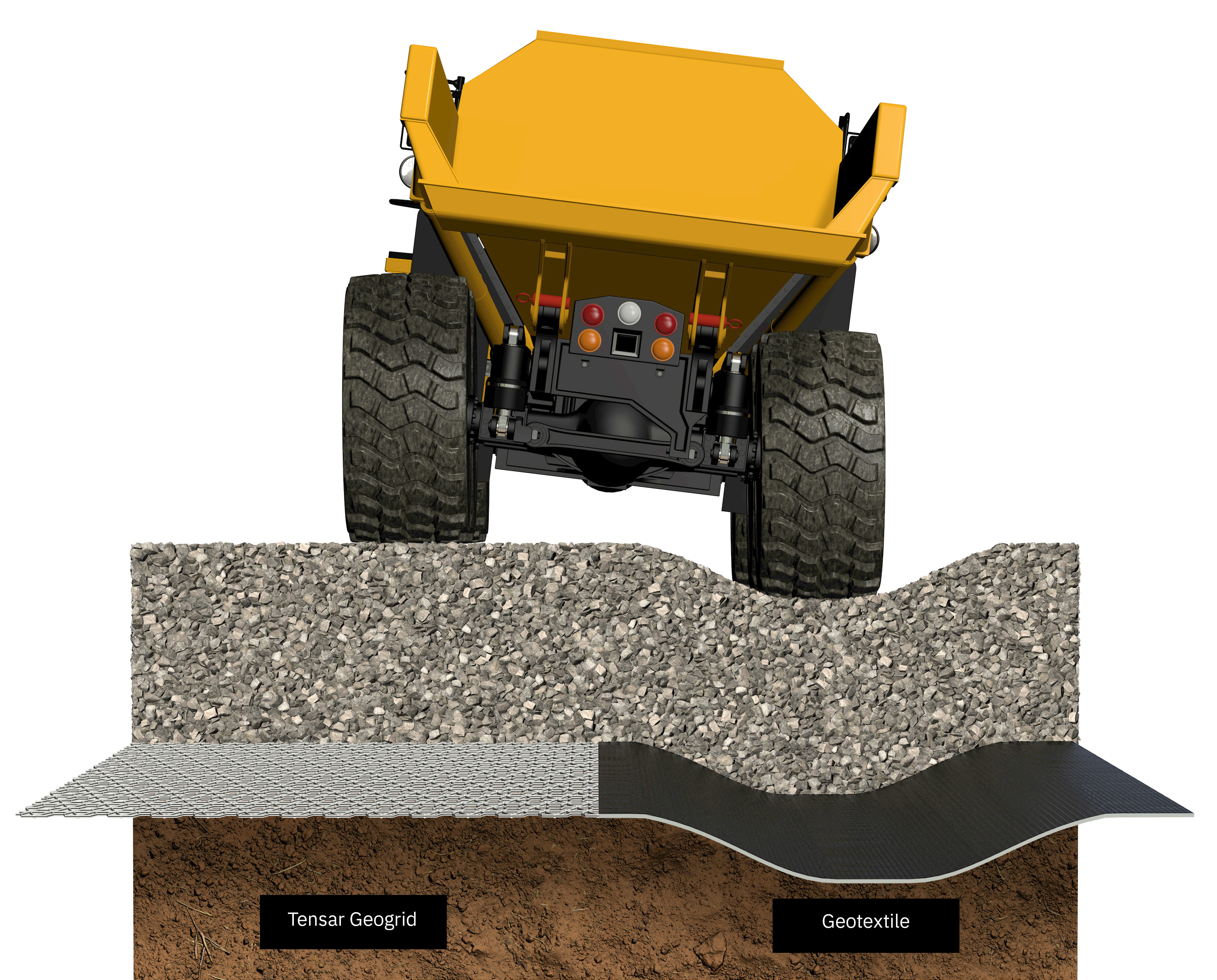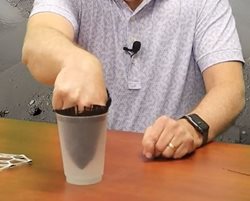Beneath the Build: Geogrid vs. Fabric with the Snowshoe Effect
by Natalie Springfield, on June 06, 2025
 In this episode of Beneath the Build, we dive into a powerful concept that shows why geogrid outperforms traditional fabric in tough ground stabilization applications —something we call the “snowshoe effect.”
In this episode of Beneath the Build, we dive into a powerful concept that shows why geogrid outperforms traditional fabric in tough ground stabilization applications —something we call the “snowshoe effect.”Imagine walking through deep snow. With regular shoes, you sink. But strap on snowshoes, and you stay on top. Why? Because snowshoes spread your weight over a larger area, reducing pressure. The same principle applies to geogrid on your jobsite.
.jpg)
Geogrid works like a snowshoe by distributing point loads—such as those from heavy equipment tires—across a much wider area. This reduces pressure on soft, unstable soils and helps prevent rutting or collapse. Unlike fabric, which allows point loads to pass directly through to the subgrade, geogrid’s stiffness spreads the load and holds the first layer of stone in place. That means crews can get to work faster, even in extremely soft conditions—conditions where you’d otherwise be up to your waist in muck.
 Tune in to watch a snowshoe effect demo and better understand why geogrid is often the most effective solution when the ground just won’t cooperate. Watch it here.
Tune in to watch a snowshoe effect demo and better understand why geogrid is often the most effective solution when the ground just won’t cooperate. Watch it here.If you find your crew stuck in the muck this construction season and want to see if geogrid can work for your project, contact us for a free site evaluation.



